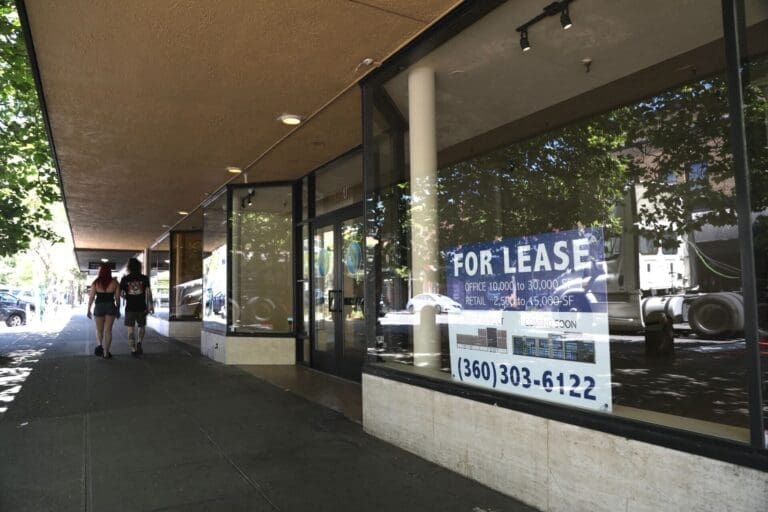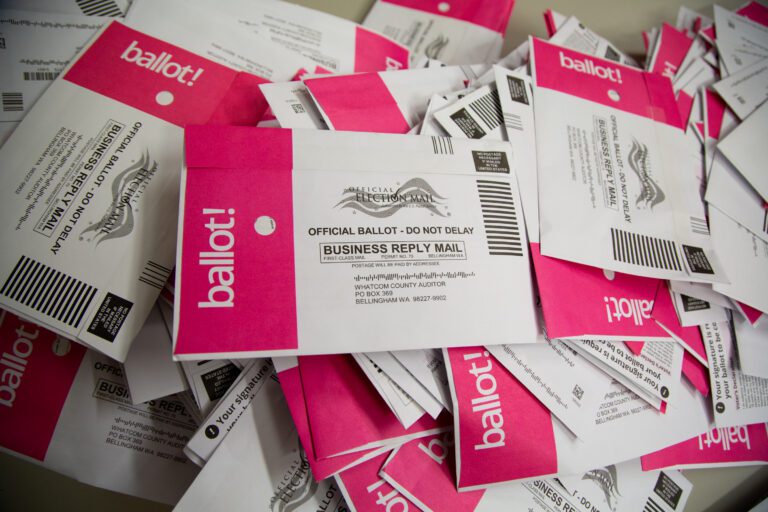SEATTLE — The new, billion-dollar international terminal at Seattle’s airport that opened last year was supposed to fit 20 large planes side by side. But it can only fit 16 long-haul aircraft simultaneously because of flaws in the design, sparking a legal battle between the Port of Seattle and the lead contractor for the project, The Seattle Times reported.
In a letter sent in August to Clark Construction, which built the new facility, the Port said the 20% shortfall in capacity could cause “damages to the Port’s operations in the tens or hundreds of millions of dollars over the expected life of this project.”
“The Port is actively and aggressively working to address deficiencies,” Sea-Tac Airport spokesperson Perry Cooper said in a statement, according to The Seattle Times. “Plans have not been finalized.”
In the meantime, while fewer long-haul planes can arrive, lawsuits are flying.
In December, Clark sued the Port for more than $60 million plus legal costs, alleging it wasn’t paid for extra work done due to design changes and enlargement of the scope of the project, as well as extra costs from the pandemic.
The Port then countersued Clark in January for more than $100 million in damages, including the bill for the gate reconfiguration and other rework. It claimed Clark was liable for the cost of fixing the design problems.
The International Arrivals Facility project entailed designing and building a 450,000-square-foot (42,000-square-meter) addition to the current Concourse A in the main terminal, connected to the South Satellite terminal by a walkway.
The original 2014 budget was $344 million. The Port expanded the scale of the facility over time, and the pandemic added further costs so that on opening, the budget had ballooned to $968 million. The project was funded by airport revenue that flows from airline ticket fees and other airport service charges.
Each international gate had to be designed to take specific widebody aircraft. For example, Gate S5 at the South Satellite was to accommodate Airbus A330s and Boeing 787s. Gate S4 was to take the larger Boeing 777.
After conducting “aircraft fit checks,” the Port concluded that at some gates, the required jets could not fit in the allotted space.
The Seattle Times reported that Clark Senior Vice President Brett Earnest, who leads projects in the Pacific Northwest, said in an emailed statement that the company engaged “best-in-class aviation design experts” to work on the International Arrivals Facility and that the completed facility “meets the Port’s established goals and requirements.”
“The current gate configuration is consistent with the Port-approved concourse study and meets the specifications and requirements per our contract,” Earnest added.
The Port disagrees. In a November letter to Clark, it claimed that the company “has refused to engage with the Port to identify solutions,” according to The Seattle Times.
“Accordingly, the Port … intends to continue to develop these options and recover all associated costs from Clark,” the letter said.
Both the Port and Clark declined interviews, citing the pending litigation, according to The Seattle Times.



